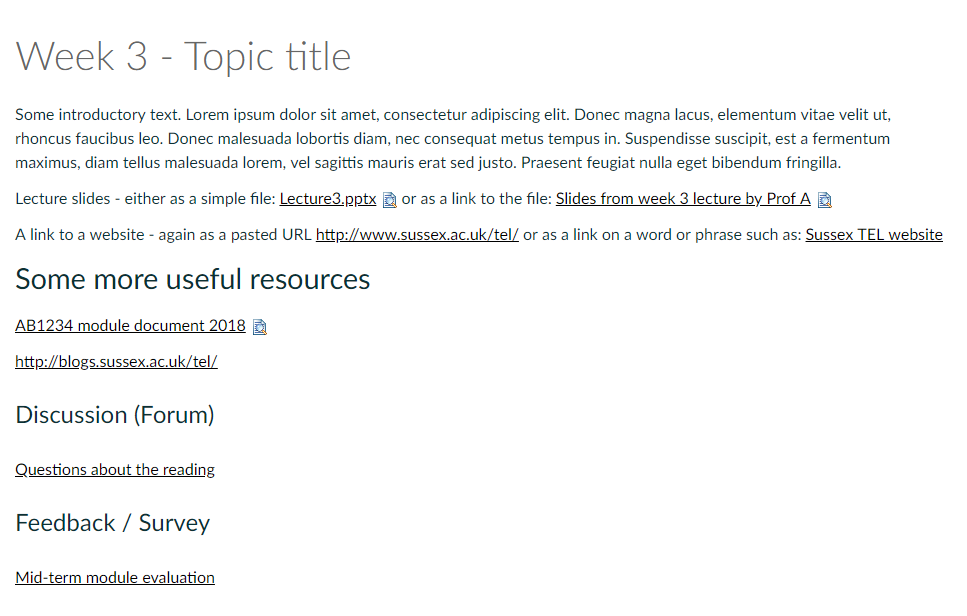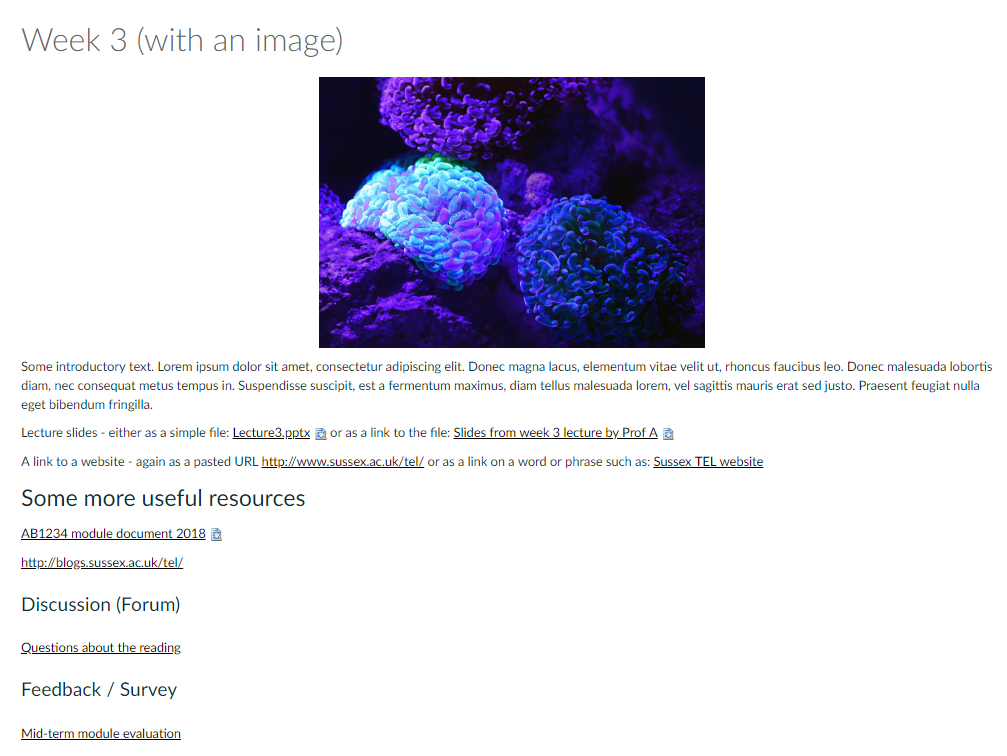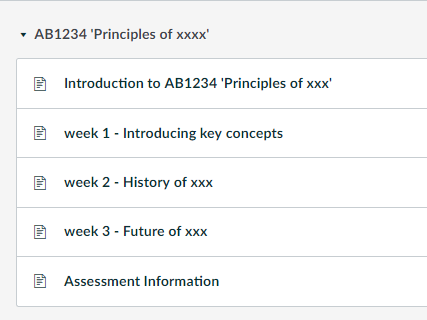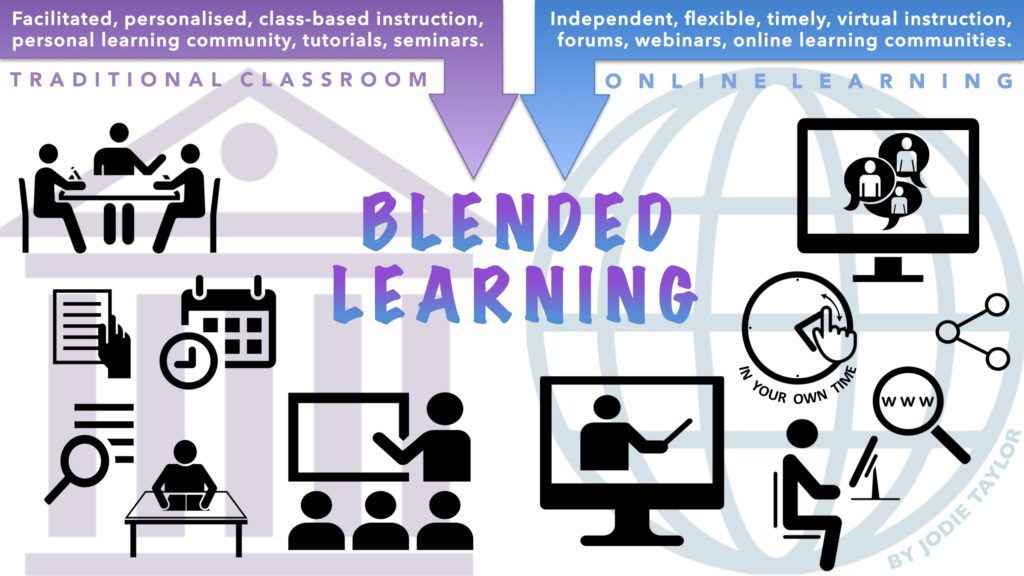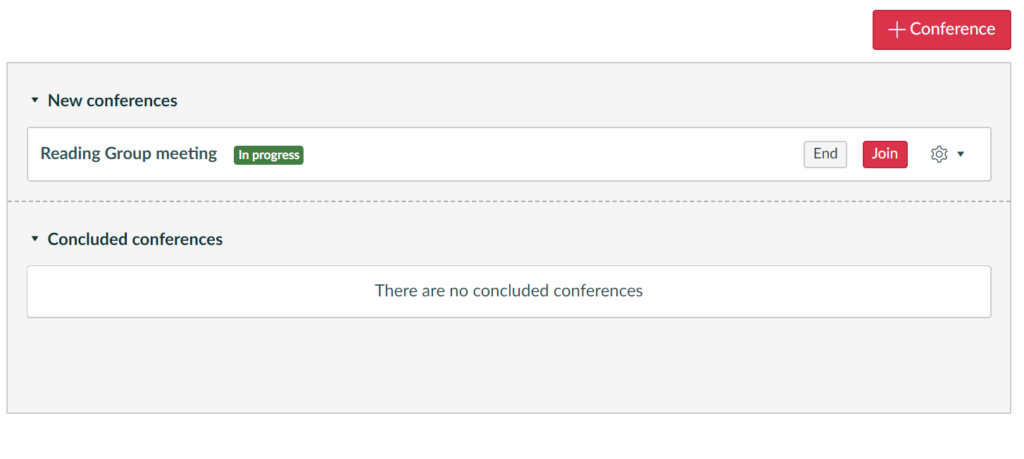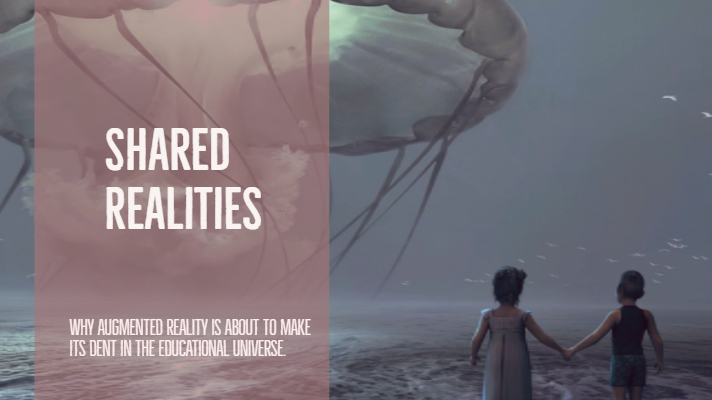
As immersive technology continues to evolve at a very rapid pace, so too do billion dollar companies, their shareholders’ returns relying on the ‘next big thing’. Facebook, Google, Apple, Microsoft, Lenovo and many more are falling over each other to give us updates and announcements at their various conferences with a fierce pace. The technology changes fast, and as it does we are presented with new ways of interacting with the world around us. Advertising, marketing and gaming are leading the way in this, but what about education? In this post we’ll take a look at what’s happening with Augmented Reality (AR) and what the potential impact may be on education.
What is Augmented Reality (AR)?
Augmented reality or AR is the name given to the concept of overlaying the real world with digital content or information, viewed through a headset or mobile device. Since it does involve the real world you are by the very nature less removed than you would be in Virtual Reality (VR).
The current state of AR?
Although you can share a screen with friends and colleagues, AR experiences are still a very individual activity. For example if you’ve used a Hololens from Microsoft, you’ll likely have had the experience of snapping your finger and thumb together to fend off an alien invasion or select menu items. To you, seeing the overlay, this is fairly normal behaviour, but to an observer (even ignoring the headset) your behaviour is a little peculiar and removed from their viewpoint of the environment.
Take a walk around any education trade show and you’ll see a lot of immersive technology, headsets everywhere. (Despite being a year old, this article gives a good overview), with companies working to create virtual labs, virtual lectures and virtual tours. For example Microsoft has focused on what it’s calling Mixed Reality and Prezi has plans for Augmented Reality. Each of these remain an individual experience: whilst you might share some content to someone else, you can’t yet easily stand side by side and interact with the same digital content in real time. Before we look to what’s coming, take a look at some of the AR apps that are available now.
- Blippar
- HP Reveal (previously Aurasma, see first video below) My colleague Pete Sparkes used this for the Discover Campus experience he created with Bethany Logan as part of Digital Discovery Week. Check our his blog post here.
- Night Sky (iOS)
- MeasureKit (iOS)
- SeeingAI (Augments the real world by giving verbal feedback on what the camera sees.) Another applike this is Prizmo Go, incredibly powerful text recognition, but to get t he most out of it you need to pay.
- JigSpace (iOS) (See second video below)
- Metaverse
- A great Twitter account to follow is @madewithARKit, shows you some of the possibilities of Apple’s ARkit framework.
HP Reveal. Poster from Discover Campus as part of Digital Discovery Week.
JigSpace on iOS
What’s next for AR?
For me the crux of why there is still no ‘killer application’ for education, is simply that VR and AR are not yet a fully social experience (with those in the same room as you). You may all be in a room together, but you are experiencing and interacting with the content individually.
Shared AR could kickstart some incredible apps for education. One can imagine a scenario in which students or tutors with individual devices can interact with the real world and the real people around them, at the same time as interacting with a digital world through their devices. Perhaps the tutor can explore the inner workings of a combustion engine whilst showing an exploded view that students are able to see in 3D, spinning the model around in real time on their own devices.
JigSpace is an example of such a tool, yet currently it only offers an individual experience. Imagine a student presentation in which they show a 3D model of a historical artefact and the audience can see it right there in front of them through their devices, see the presenters indicate certain areas, mark up the space, and walk around the digital object.
Who is doing what to make this happen?
Marketing departments and film franchises are leading the way – for example, Star Wars: Jedi Challenges has a 2 player lightsaber mode (I know, right?). At Google’s I/O event last week, they announced a slew of new tools, including a framework for developers to create shared AR experiences – truly shared, collaborative and tangible experiences.
There are a few indicators that suggest to me we are on the cusp of seeing great potential from AR:
- Apple has doubled down on an augmented future and they are in a position to create, shape and disrupt entire industries. You can bet that if Apple does shared AR properly it will impact us all, particularly as they’ll likely target education.
- Shared experiences are possible and developers have their hands on these tools right now.
- With 5G around the corner, real time collaboration will no longer be hampered by lag and slow network speed. 5G is going to change how we work together.
We’d love to know your thoughts on AR and whether it has a future in education. As the technology evolves, what opportunities does it present for assessment, collaboration, story telling and sharing of ideas?
If you’re interested in immersive technologies, look out for our Expanding Reality workshops in the next academic year. In these sessions we get hands on with a range of immersive technologies. To find out more please contact us. tel@sussex.ac.uk
Further links
Shared AR expereinces from Google




